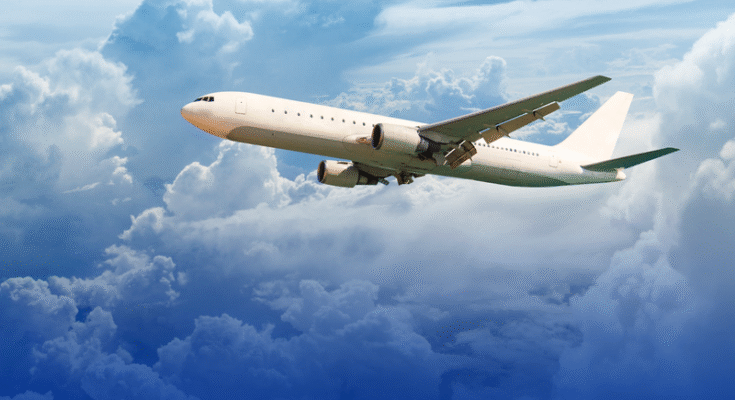When we look up into the sky and spot an airplane cruising along, a common question comes to mind: How high is that plane flying? The answer isn’t as simple as it might seem. Airplanes operate at different altitudes depending on their type, purpose, weather conditions, and the rules of air traffic control. Let’s explore the fascinating world of flight altitudes.
Typical Cruising Altitudes
Commercial passenger planes typically cruise between 30,000 and 42,000 feet above sea level. In terms of miles, that’s roughly 5.5 to 8 miles high. Airlines choose this range because it offers an ideal balance between fuel efficiency and safety. At these heights, the air is thin, meaning there is less aerodynamic drag, allowing aircraft to use less fuel while maintaining high speeds.
The exact altitude for a particular flight depends on several factors, including the plane’s weight, destination, air traffic, and prevailing winds. Pilots and dispatchers plan the most efficient route and altitude before takeoff, but they often adjust it during flight based on real-time conditions.
Private and Military Aircraft
Private jets typically fly at similar or slightly higher altitudes than commercial airliners. Some modern private jets can cruise at 45,000 feet or higher. This not only provides smoother air with fewer disturbances but also allows these planes to avoid the crowded airspace used by commercial aircraft.
Military aircraft have even more flexibility. Some fighter jets and specialized reconnaissance planes can fly at altitudes over 50,000 feet. For instance, the famous Lockheed U-2 spy plane operates above 70,000 feet, soaring higher than almost any other manned aircraft.
Factors Influencing Flight Altitude
Several factors influence why a pilot might choose a specific altitude:
-
Weather: Thunderstorms, turbulence, and jet streams affect the altitude selection. Pilots often climb or descend to avoid rough weather or take advantage of favorable wind currents.
-
Air Traffic Control (ATC): Controllers ensure aircraft maintain safe distances from each other, assigning altitudes that keep the sky organized and prevent collisions.
-
Aircraft Performance: Heavier planes may not be able to reach higher altitudes until they burn off some fuel and lighten their load.
-
Direction of Flight: In many countries, including the United States, regulations assign eastbound flights to odd-numbered altitudes (e.g., 33,000 feet) and westbound flights to even-numbered ones (e.g., 34,000 feet). This system helps maintain safe separation between aircraft traveling in opposite directions.
How Do Pilots Know Their Altitude?
Pilots measure altitude primarily using an instrument called an altimeter, which senses air pressure. As altitude increases, atmospheric pressure decreases. By measuring this change, the altimeter provides a reading of the aircraft’s height above sea level. Modern airliners also have advanced GPS systems that help cross-check altitude data with incredible precision.
In addition, pilots communicate continuously with air traffic controllers, receiving updates and sometimes instructions to climb or descend for safety and efficiency.
Special Types of Altitude
Aviation uses different terms for altitude:
-
True Altitude is the aircraft’s height above sea level.
-
Absolute Altitude is the height above the ground directly beneath the plane.
-
Indicated Altitude is what the altimeter shows based on standard atmospheric pressure settings.
-
Flight Level (FL) is used above 18,000 feet in the U.S. For instance, FL350 means the plane is flying at approximately 35,000 feet.
Conclusion
Next time you see an airplane soaring across the sky, you’ll know it’s likely flying at around 35,000 feet, but that number can vary greatly based on several dynamic factors. The science and regulation behind flight altitudes keep air travel one of the safest forms of transportation today.



